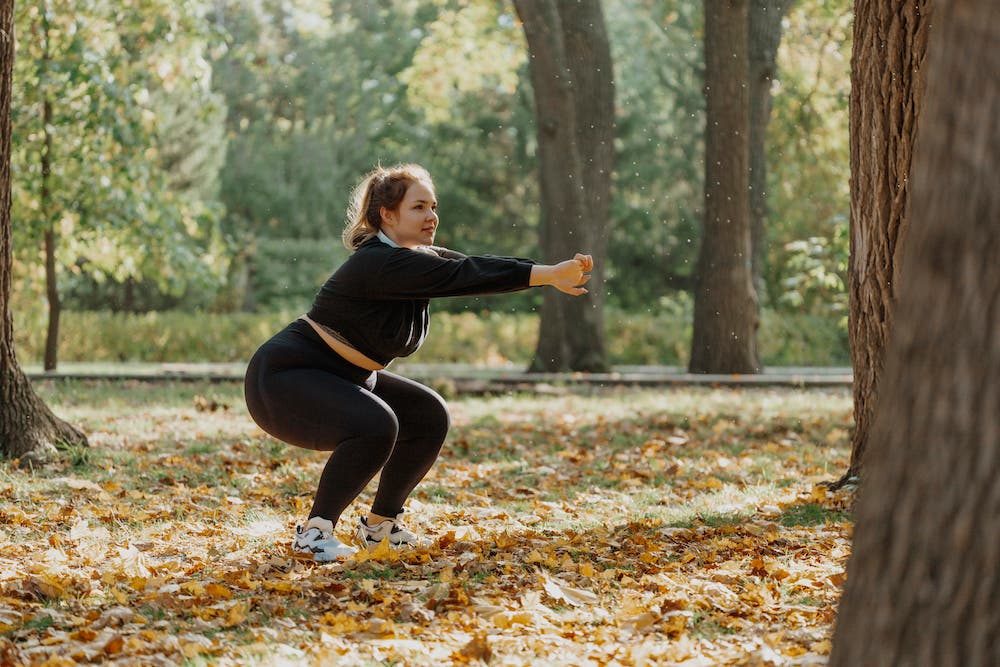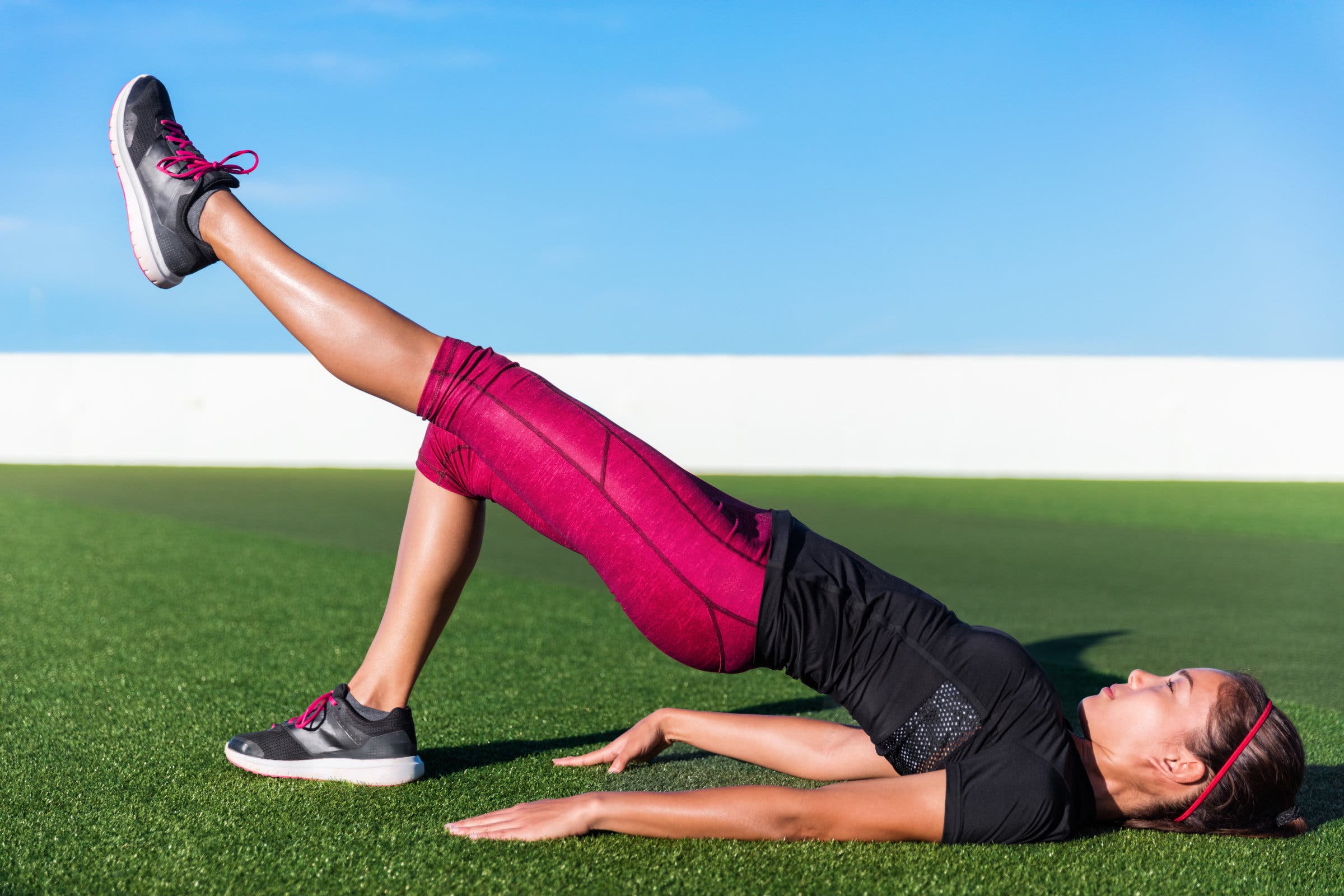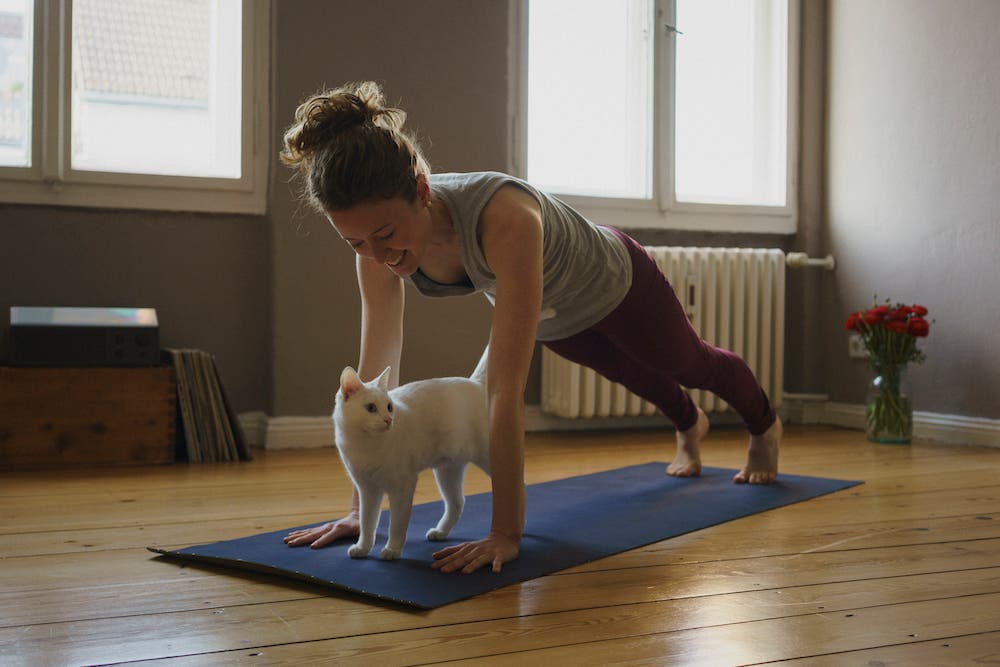If You Can Do These Four Exercises, You’re Ready for Any Hike

(Photo: guvendemir via Getty Images)
Are you ever curious if your training program is really working to help you prepare for an upcoming trip? Well, you don’t have to wonder until you hit the trail. There are four exercises you can perform to track your overall process and highlight major areas that feel strong or could use some more work in your training. Aim to perform reassessments every four to six weeks during a training program to track your progress.
With any well-rounded hike training program, you should include loaded pack walks and training hikes alongside a strength program. This will help reduce injury risk, increase your on-trail confidence, and make your trip less of a sufferfest. Add these assessments to your strength training routine.
In addition to the three-minute step test to determine fitness before an upcoming trip, you can perform the following four-exercise assessment to review full-body strength. If you’re not able to achieve the goal target on the first go-around, keep strength training and try again in four to six weeks.
While the assessments below are compared against a baseline number, they shouldn’t be the reason you decide to go or not go on a planned trip. Use these exercises as a part of your preparation, along with an honest appraisal of your training consistency and trip difficulty.
Also, while objective measures are useful, subjective results are often equally important. For example, you may be able to complete 50 bodyweight squats on the initial assessment, which is a great score, but if the squats left you tired and sore for days, that’s less ideal.
Upon reassessments every four to six weeks, think back to the previous attempt. Did the effort required to complete any particular assessment feel easier? Did you recover quicker? Was there any lingering soreness? Were your muscles burning with the test at any point? These subjective results are a great measure of progress that won’t necessarily appear in the objective findings.
Perform the assessments honestly and stop once you can no longer maintain good form with a full range of motion. Tip: Do not read the baseline targets and do whatever it takes to complete that number.
To interpret your results, compare the scores for right and left legs. If they are equal or with in a few reps that’s good. If there is a difference of greater than five reps per side, add an extra set of the suggested exercises for the weaker side. If the assessments all meet baseline, your programming is working well! You may wish to consider your subjective findings for further insight and opportunities to adjust your workouts.

Bodyweight squats
The squat assessment tests strength and endurance for large muscle groups in your legs. A baseline of 50 squats is the goal. For each rep, make sure your hips go below your knees and that you stand up tall for each rep. If you fall below the baseline for squats, try adding squat variations, lunges, and step-ups to your weekly routine.

Single Leg Bridge
This assessment will test the strength and endurance of your hamstrings, glutes, and core. The baseline for this score is 25 repetitions per leg. For the single leg bridge, aim to keep your hips level throughout the movement. If your score isn’t quite at baseline, add single-leg deadlifts, bridge and hip thruster variations, or hamstring curls using a physioball.

Plank
A plank score of 90 seconds to three minutes is ideal. For the plank, make sure to keep your glutes and stomach tight. Perform the assessment with the plank variation that you are most challenged by; either elbows bent or straight. Retest in the same position.
Since longer trips require heavier packs, aim for a goal closer to three minutes if you’re going to be on the trail longer than a week. To build a strong core, try mixing in a variety of core exercises such as side planks, farmer carries, suitcase carries, Pallof presses, and other plank variations.
Single Leg Calf Raise
Use a basic heel rise off the floor for this test of strength and endurance for your calf muscles. The baseline is 25 repetitions per leg. For this test it’s ok to use a wall, door frame or counter top for support. If you need additional calf strength, work calf raise variations into your routine. By adding an eccentric component like a 3-second lowering phase you can target calf strength as well as the Achilles tendon.
Lee Welton is a physical therapist assistant and personal trainer in Southeast Idaho. He thru-hiked the Pacific Crest Trail in 2018 and trekked through the Dolomites in Italy. He can typically be found hiking and exploring the trails in Idaho and Wyoming. For more information, videos, and resources from Welton, visit trailsidefitness.com.